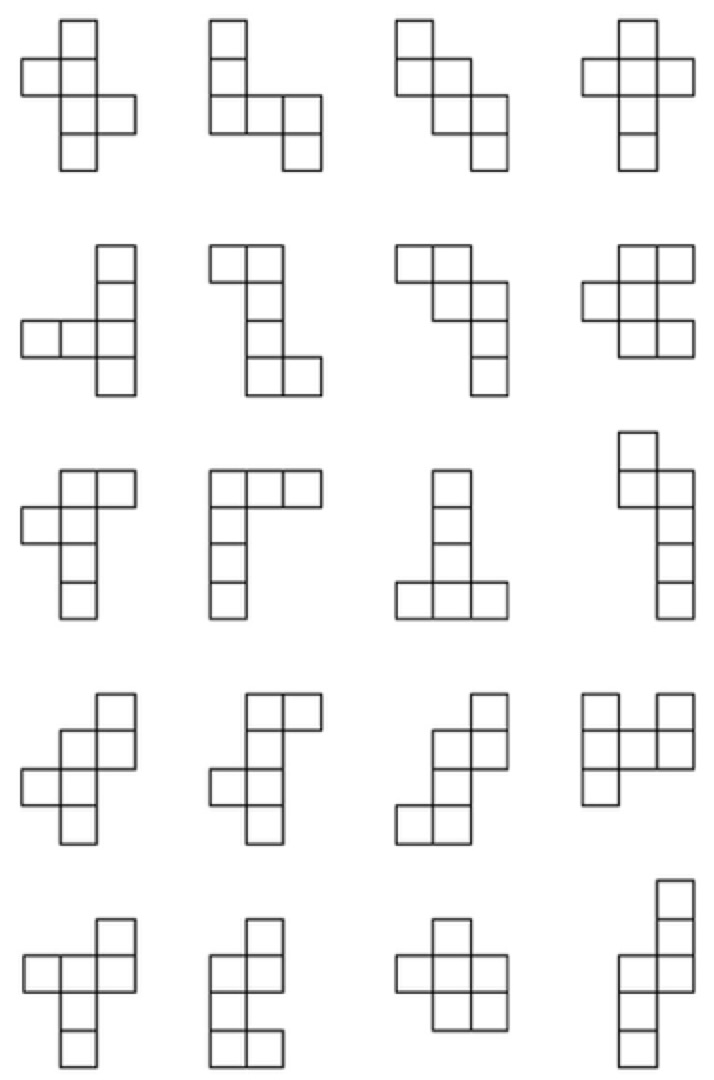

However, this number increases significantly to 54 for a rectangular cuboid of 3 different lengths.Many different nets can exist for a given polyhedron, depending on the choices of which edges are joined and which are separated. The number of different nets for a simple cube is 11. It is currently unknown whether a perfect cuboid actually exists. sugar cubes in a box, boxes in a cupboard, cupboards in a room, and rooms in a building.Ī cuboid with integer edges as well as integer face diagonals is called an Euler brick, for example, with sides 44, 117 and 240.Ī perfect cuboid is an Euler brick whose space diagonal is also an integer. The shape is fairly versatile in being able to contain multiple smaller cuboids, e.g. Cuboids are among those solids that can tessellate 3-dimensional space. It has Schläfli symbol Ĭuboid shapes are often used for boxes, cupboards, rooms, buildings, containers, cabinets, books, a sturdy computer chassis, printing devices, electronic calling touchscreen devices, washing and drying machines, etc. The square cuboid, square box, or right square prism (also ambiguously called square prism) is a special case of the cuboid in which at least two faces are squares. The terms "rectangular prism" and "oblong prism", however, are ambiguous, since they do not specify all angles.

By definition this makes it a right rectangular prism, and the terms rectangular parallelepiped or orthogonal parallelepiped are also used to designate this polyhedron. In a rectangular cuboid, all angles are right angles, and opposite faces of a cuboid are equal. Quadrilaterally-faced hexahedron (cuboid) 6 faces, 12 edges, 8 vertices In the case of a cuboid this gives 6 + 8 = 12 + 2 that is, like a cube, a cuboid has 6 faces, 8 vertices, and 12 edges.Īlong with the rectangular cuboids, any parallelepiped is a cuboid of this type, as is a square frustum (the shape formed by truncation of the apex of a square pyramid). By Euler's formula the numbers of faces F, of vertices V, and of edges E of any convex polyhedron are related by the formula F + V = E + 2.


 0 kommentar(er)
0 kommentar(er)
